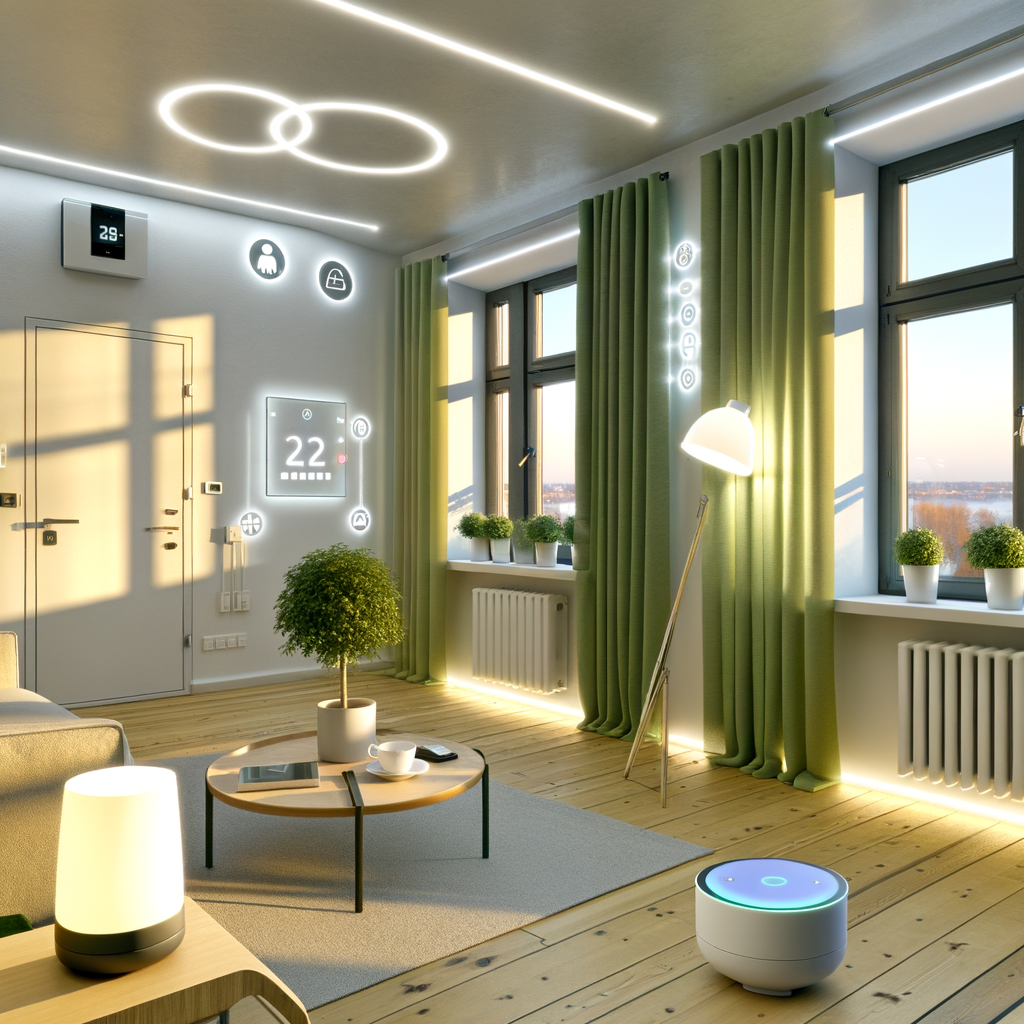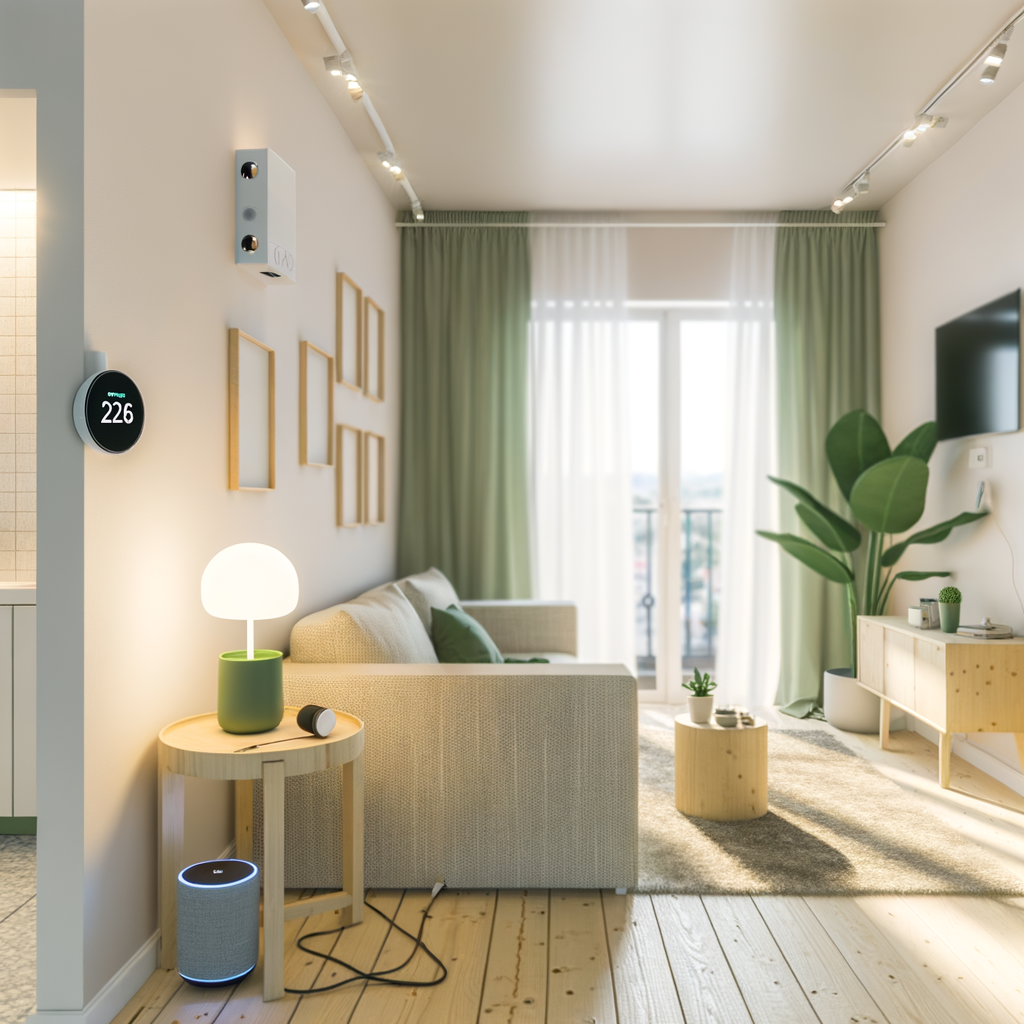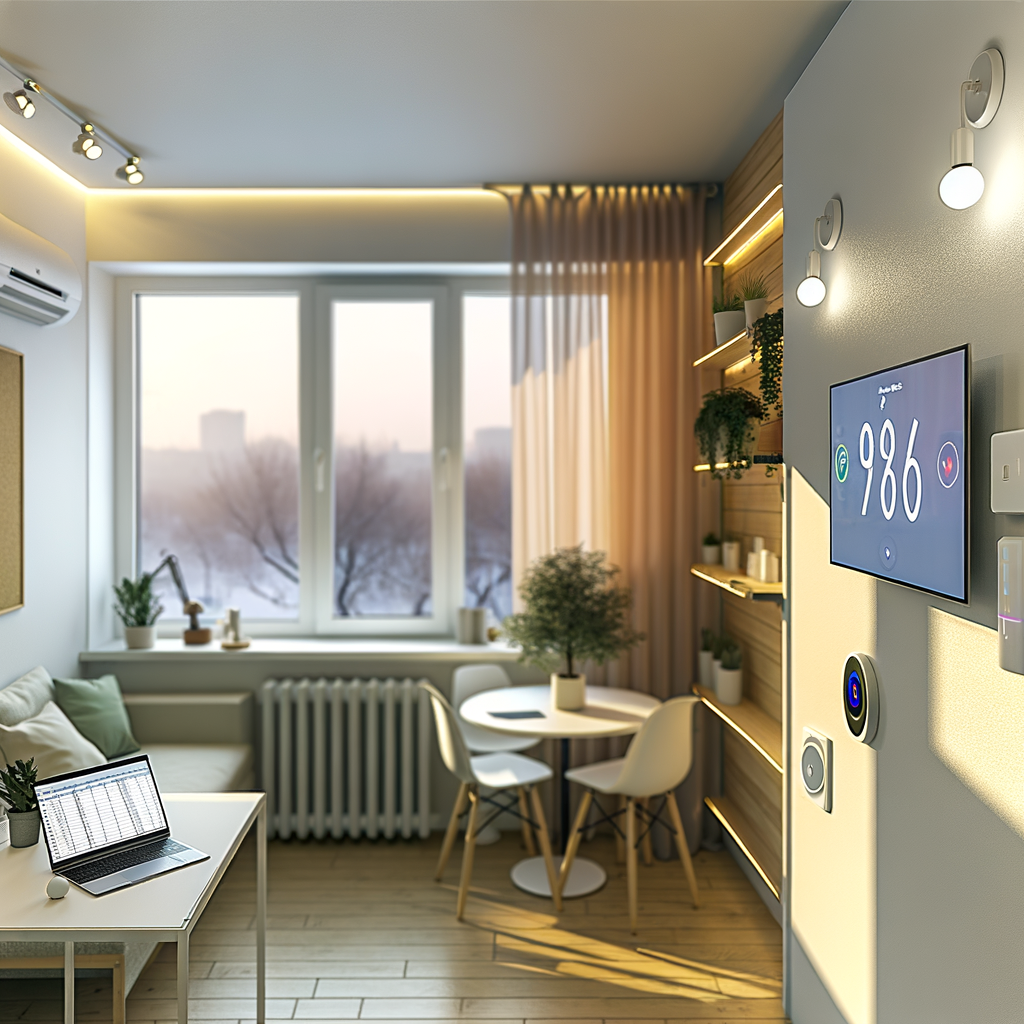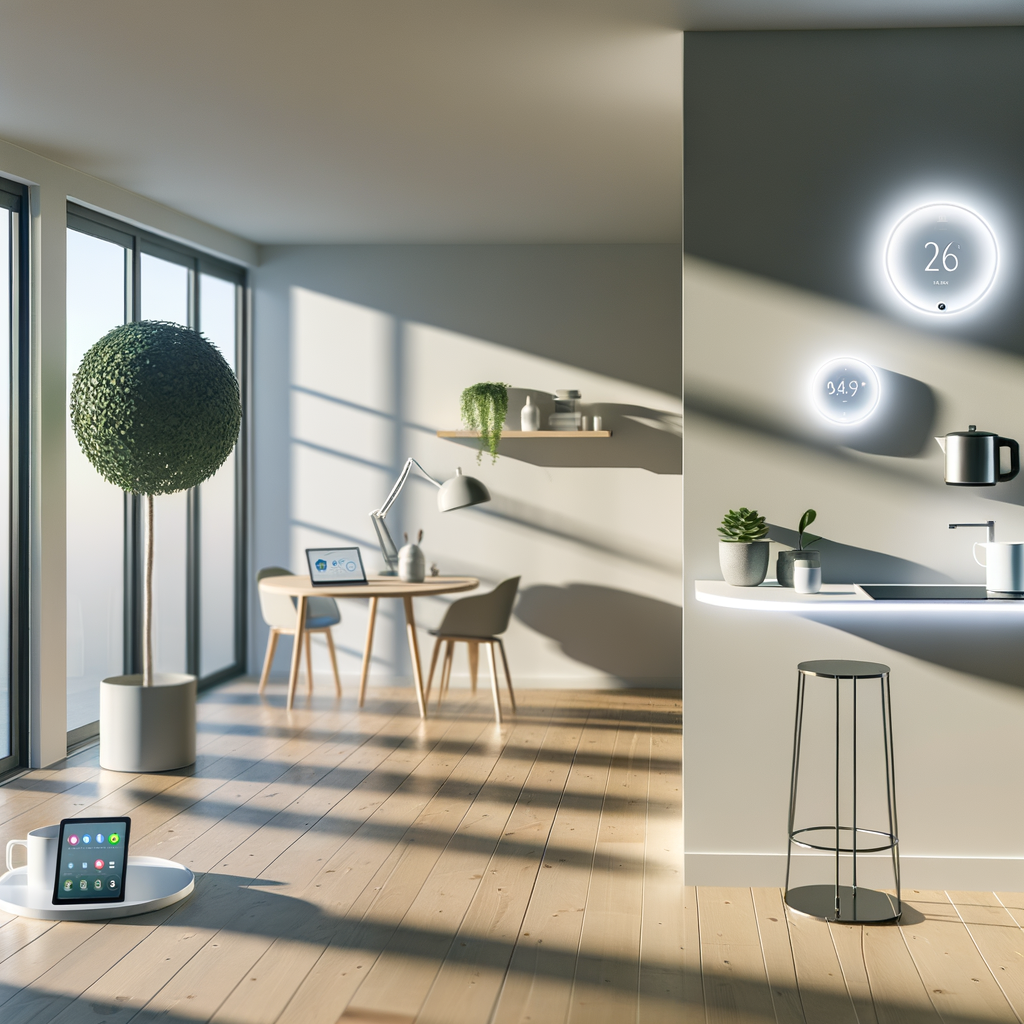How to Build a Smart, Energy-Efficient Apartment on a Renters’ Budget: A Step-by-Step Guide
Living sustainably isn’t just for homeowners. Renters can transform any apartment into a smart, energy-efficient haven—often without spending a fortune or risking the security deposit. This step-by-step guide takes you through practical, affordable upgrades that save energy, increase comfort, and help the planet, all while respecting your lease.
Why Make Your Apartment Smart and Energy-Efficient?
Smart, energy-saving apartments aren’t just trendy—they’re practical for renters. Here’s why:
- Lower energy bills: Smart tech and efficient solutions cut costs.
- Comfort and convenience: Automation makes life easier and more enjoyable.
- Reduced carbon footprint: Small changes add up to a positive environmental impact.
- Portability: Most renter-friendly upgrades travel with you to your next place.
Step 1: Evaluate Your Apartment’s Energy Use
Track Your Current Consumption
Start by understanding where you use the most energy. Knowledge guides smart upgrades.
- Utility apps or websites can show your usage patterns.
- Energy monitoring plugs track electronics and appliances (tip: focus on high-usage rooms).
- Notice when your bills spike—what changed? Did you add a device or appliance?
Inspect for Energy Leaks
Air leaks around windows, doors, and outlets often waste energy.
- On a breezy day, feel for drafts with a damp hand.
- Look for daylight around exterior doors or windows.
Step 2: Score Quick Wins with No-Tool Fixes
Before you buy gadgets, focus on changes that require zero tools or handyman skills—and won’t risk your deposit.
Switch to LED Lighting
- Swap incandescent and CFL bulbs for LED alternatives—they use up to 80% less energy.
- Choose warm or cool tones based on your preference (or use color-changing smart bulbs).
- Keep old bulbs to swap back if required at move-out.
Embrace Smart Power Strips
- Plug entertainment centers or desktop setups into smart power strips to cut “phantom” power waste.
- Look for strips that let you schedule or control outlets via app or voice assistant.
Seal Drafts (Safely and Reversibly)
- Add removable weatherstripping (adhesive foam or silicone) around leaky windows and doors.
- Use door draft stoppers for exterior-facing doors.
- Remove all materials and clean surfaces before moving out to protect your deposit.
Step 3: Integrate Renter-Friendly Smart Home Devices
Smart home tech isn’t just for homeowners. Many products are portable, affordable, and easy to install—and can move with you.
Smart Plugs and Outlets
- Instantly make “dumb” lamps, fans, and appliances smart.
- Set schedules, timers, or integrate with your phone’s location (e.g., turn off when you leave).
- Models with energy monitoring help you identify energy hogs.
Portable Smart Thermostats
While you might not be able to swap the central thermostat, you have options:
- If you control your own wall unit, baseboard, or window AC/heat, look for smart controls—many attach magnetically or with adhesive, requiring no drilling.
- Portable smart thermostats (like for floor heaters, or smart AC controllers) learn your comfort preferences.
- If allowed, consider a thermostat swap—but always check with your landlord first.
Smart Lighting Solutions
- Smart bulbs fit regular sockets—swap them in minutes for voice-activated, scheduleable lighting.
- Consider smart light switches if your apartment’s switches don’t control shared or multi-bulb fixtures (choose battery or stick-on types to avoid rewiring).
Automated Window Coverings
- Keep out summer sun and hold in winter heat with thermal curtains or motorized shades you can schedule with a remote or app (choose friction-fit or adhesive install options).
Step 4: Upgrade Climate and Comfort Efficiently
Heating and cooling burn serious energy. Here’s how renters can optimize comfort without breaking the bank—or their lease.
Insulate Where It Matters
- Add removable window insulation film in winter to reduce heat loss.
- In summer, cover windows with reflective film to block solar gain (peels off without residue).
- Rugs and thick curtains can also help insulate drafty rooms.
Use Ceiling or Stand Fans Wisely
- Fans use far less energy than AC—use them to circulate air in summer and push warm air down in winter.
- Smart plugs can automate fans, turning them off when you leave or on for sleep schedules.
Control Humidity for Energy Savings
- Dry air feels colder in winter—consider a portable humidifier to boost comfort so you can set the thermostat lower.
- In humid summer climates, run a dehumidifier to feel cooler at higher thermostat settings.
Step 5: Optimize Appliance and Electronics Usage
Upgrade Appliances (When Possible)
- If you supply your own portable AC, fridge, or washer, invest in Energy Star models—they use much less electricity and water.
- Small, high-efficiency units are ideal for renters—look for compact or stackable designs.
Maximize Efficiency with What You Have
- Unplug unused gear, especially in seldom-used rooms.
- Run dishwashers and laundry with full loads on eco modes or cold water settings.
- Let electronics “sleep” when possible—avoid screen savers in favor of sleep mode.
Automate Energy-Saving Routines
- Use IFTTT or smart home platforms to automate routines (e.g., “turn everything off when I leave”).
- Geofencing: Some smart devices use your phone’s location to adjust settings automatically.
Step 6: Make Water Use Smarter and More Efficient
Install Low-Flow, Removable Fixtures
- Swap in low-flow showerheads—many unscrew easily and can be replaced at move-out.
- Install a faucet aerator on bathroom and kitchen sinks to cut water use without sacrificing pressure.
Monitor and Modify Water Habits
- Set timers for shorter showers or use music to pace yourself.
- Only run dishwashers and laundry with full loads.
- Fix drippy faucets quickly (and inform your landlord if you notice leaks you can’t address).
Step 7: Create a Greener Lifestyle with Smart Habits
Engage All Roommates or Family Members
- Agree on thermostat ranges and “off limits” for energy-wasting appliances.
- Divide responsibility for unplugging/turning off unused devices.
- Make energy-saving a game—track usage and reward savings as a group.
Set Targets and Track Progress
- Set a monthly energy budget or reduction goal based on your past usage.
- Many utility companies offer free tracking apps or website tools.
- Periodic check-ins and celebrations




